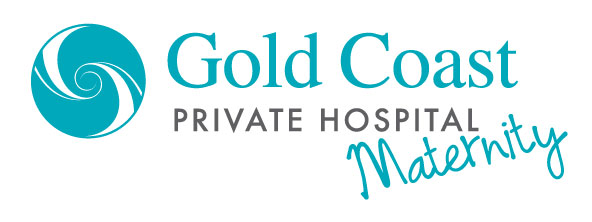You’ve past the most risky period and are now into your second trimester – the one that’s usually the most enjoyable since any sickness should have subsided and your belly isn’t too stretched! Still, there are more tests and scans to consider – here’s a rundown for you.
AMNIOCENTESIS
During your first trimester if you received a positive or high risk result of a chromosomal abnormality on your non-invasive prenatal test (NIPT) or nuchal scan you have the option to get the amniocentesis test which is more invasive, but will provide you with a definitive result of whether or not your baby has a chromosomal abnormality.
What is amniocentesis and how is it performed?
Performed between weeks 16 and 20, amniocentesis is a prenatal procedure that is used to detect physical abnormalities in the baby such as Down syndrome, spina bifida and other genetic disorders like cystic fibrosis.
By this point in the pregnancy, the developing baby is suspended in amniotic fluid. For the procedure, after receiving a local anaesthetic, a long thin needle is inserted into the womb guided by an ultrasound scan. The doctor will extract approximately 20ml (three teaspoons) of amniotic fluid, this will take about 30 seconds, before the fetus is checked afterwards to make sure everything is well. The entire procedure will take about 90 minutes.
Who should consider an amniocentesis?
Besides women who have received an abnormal NIPT or nuchal scan result during their first trimester, doctors may suggest this test if:
- Women are 37 years or older
- Women or their partner have a family history of chromosomal abnormalities, or known carriers of genetic disorders
- Women already have children with chromosomal abnormalities
How accurate is an amniocentesis?
The amniocentesis is one of the most reliable chromosomal tests with 99.9% accuracy in detecting chromosomal and other genetic disorders.
What are the risks of the test?
An amniocentesis does carry slight risk; however this is very low with only a 0.5% risk of miscarriage. The risk is usually related to infection introduced during the procedure however, antiseptic precautions are taken to minimise the risk.
While you may experience mild cramping or lose a small amount of blood or amniotic fluid following the procedure, this should clear up within 24 to 48 hours.
If you experience any severe pain or cramping, persistent back or abdominal pain, fever or chills or bleeding or fluid leaking from your vagina please call your doctor immediately.
When will I get my results?
You will receive your results about two to three weeks after the procedure. While most women’s results are normal, if there is any problem detected your doctor will discuss with you the next steps.
MORPHOLOGY SCAN
Between weeks 18 – 20 you can have the morphology scan, while not compulsory, this scan is useful for assessing the development of your baby. Also known as a ‘structural scan’ or ‘anomaly scan,’ the ultrasound will look at the structure of the fetus and any possible abnormalities.
Why should I get the morphology scan?
By this point in the pregnancy your baby had development enough that the organs can be screened for abnormalities. During the scan the sonographer will measure different parts of the baby to assess there has been satisfactory growth in line with the expected due date.
This scan will confirm the baby’s heart is beating and multiple images will be taken of your baby’s organs to assess development is progressing as expected.
The sonographer will also examine the placenta’s position in the uterus. If the placenta is positioned close to the cervix, your doctor may recommend a repeat scan between 32 and 34 weeks to ensure the placenta had moved away from the cervix. The umbilical cord and the volume of the amniotic fluid around the baby will also be assessed during the scan.
During this scan the sonographer can tell you if you are expecting a boy or a girl, with about 95% accuracy. If you would prefer to wait until birth make sure to tell your sonographer so they know not to mention it.
What to expect at your scan?
Like most ultrasounds during pregnancy, you will need to have a partially-filled bladder which will help to provide a clearer image of your baby; however your bladder does not need to be uncomfortably full.
For the ultrasound the sonographer will apply clear gel to your stomach and will move a small device called a transducer around recording images of your baby on a screen. The scan will take between 45 minutes to an hour.
During the scan you may be able to hear your baby’s heart beating and see a clear image of your baby moving around.
While we want your baby to move around a little bit during the scan on some occasions they are happy in one spot and the sonographer may not be able to complete the scan due to your baby’s position. If this occurs your doctor may talk to you about booking another appointment.
Getting your results
You should receive your results on the day when your scan and findings will be explained to you. A detailed report will also be sent to your referring doctor.

